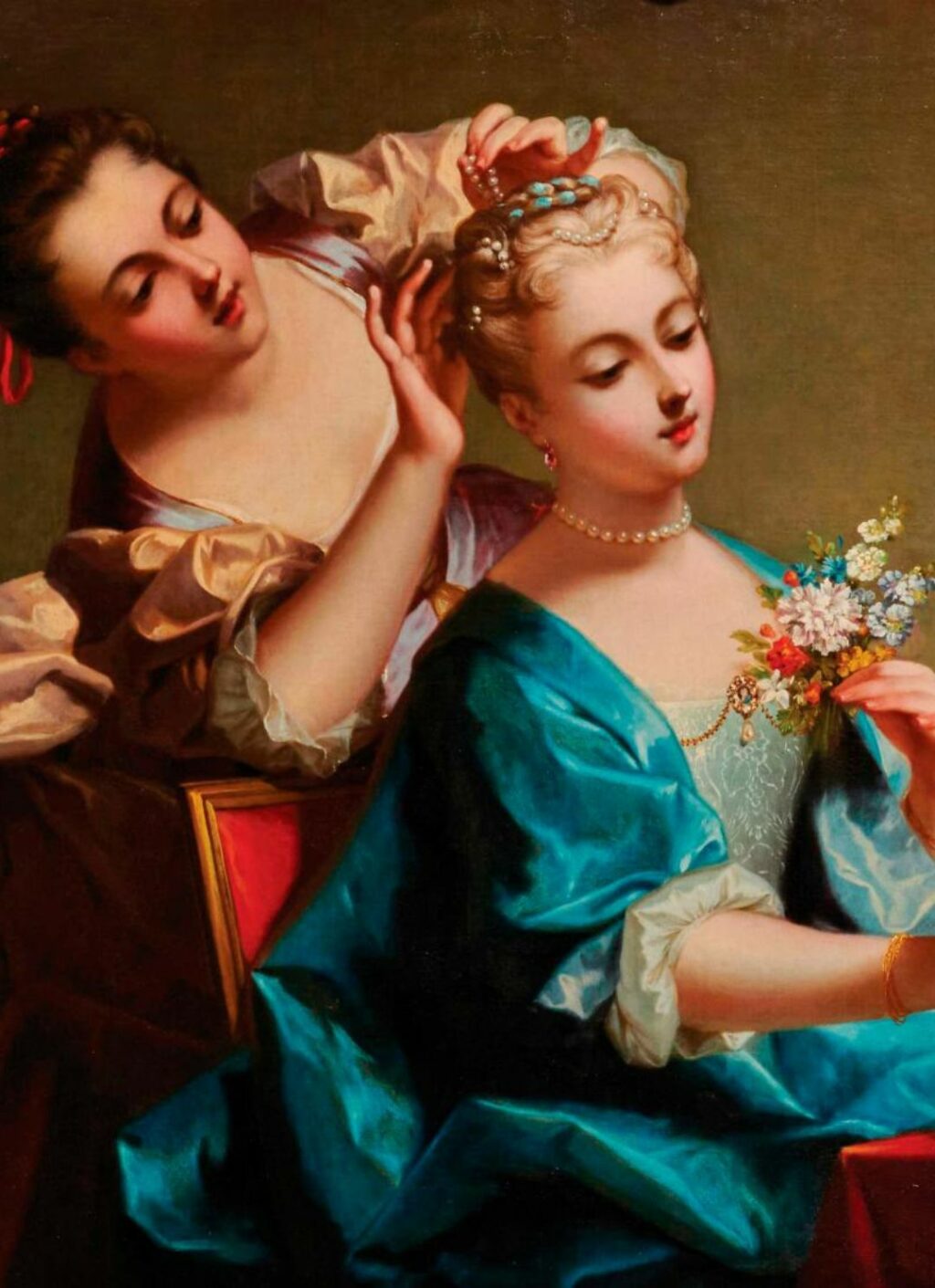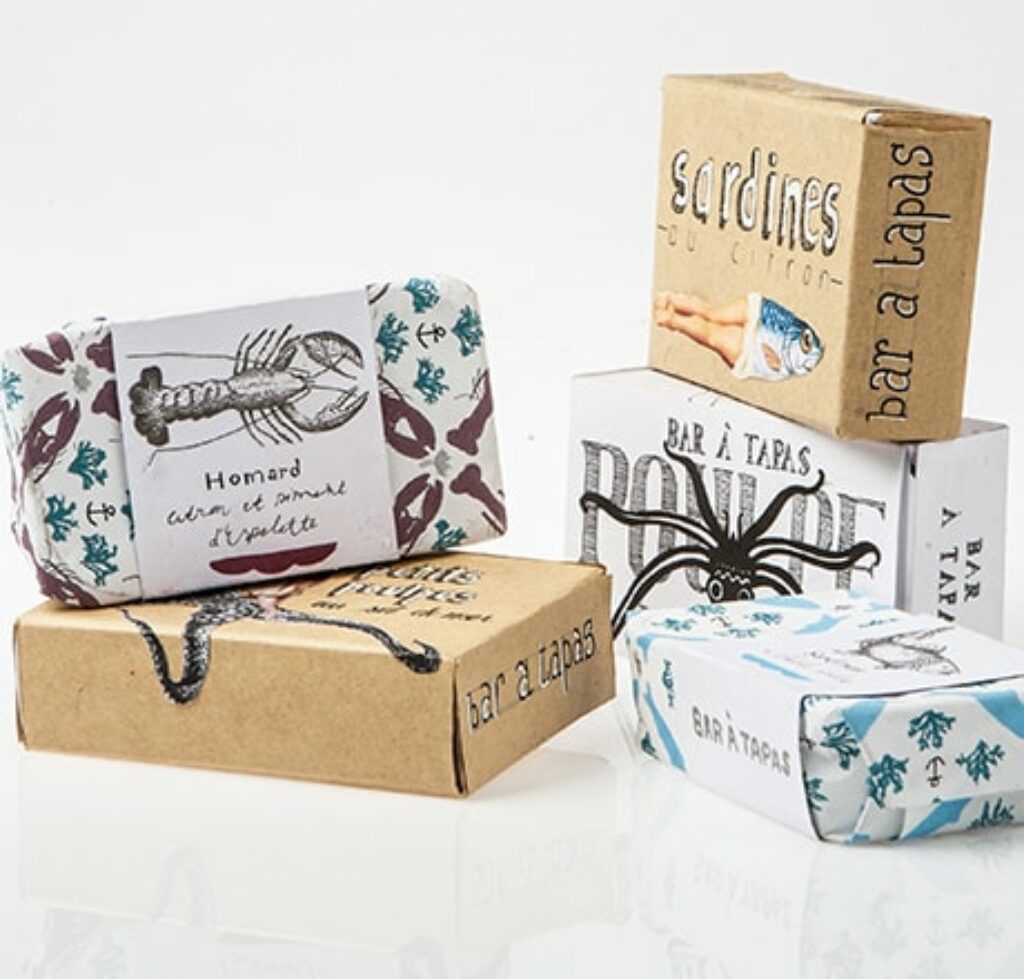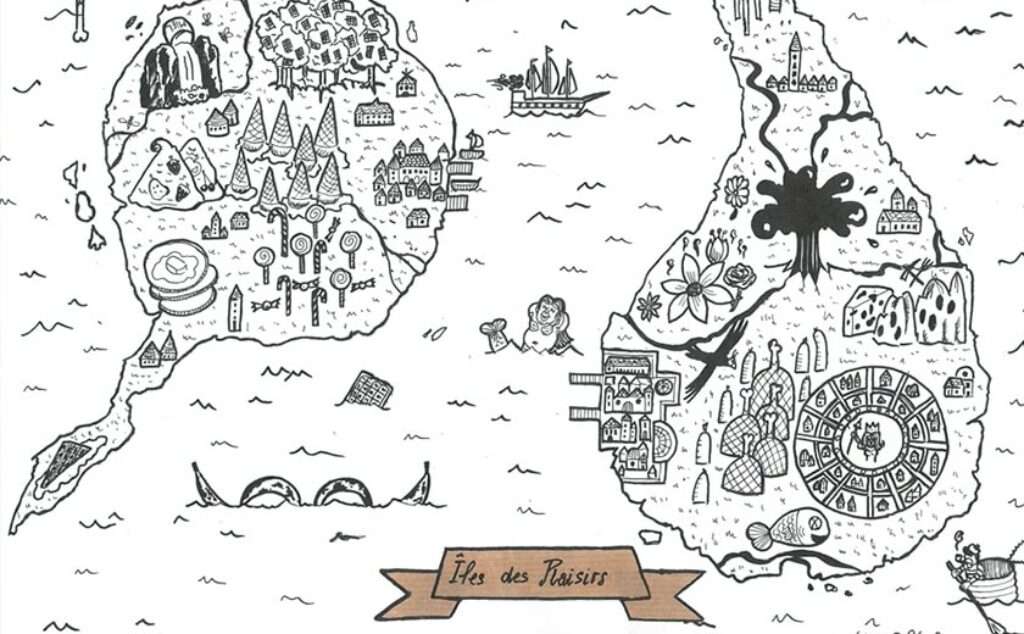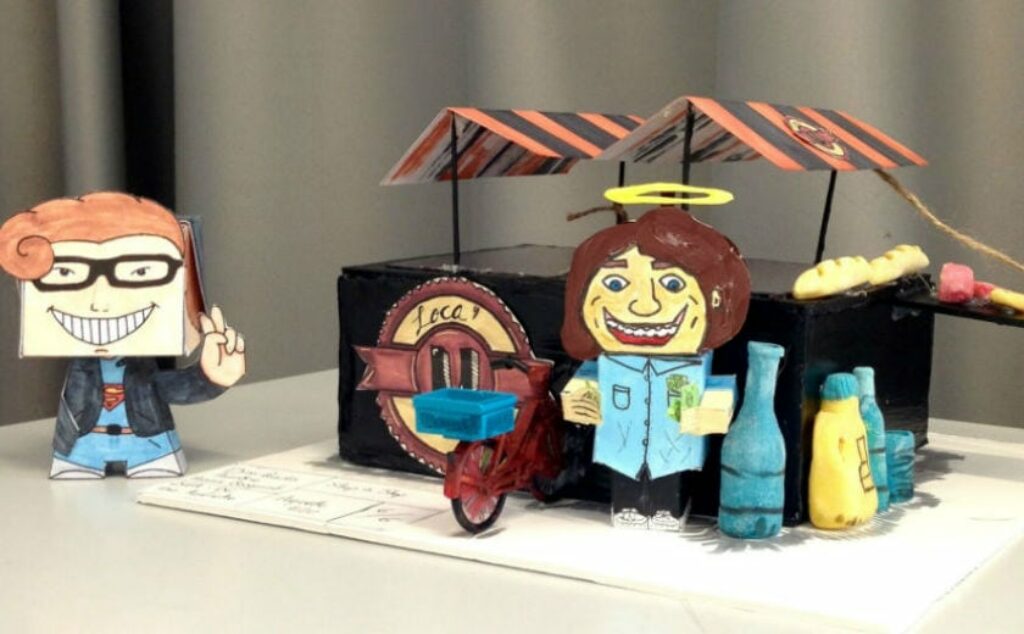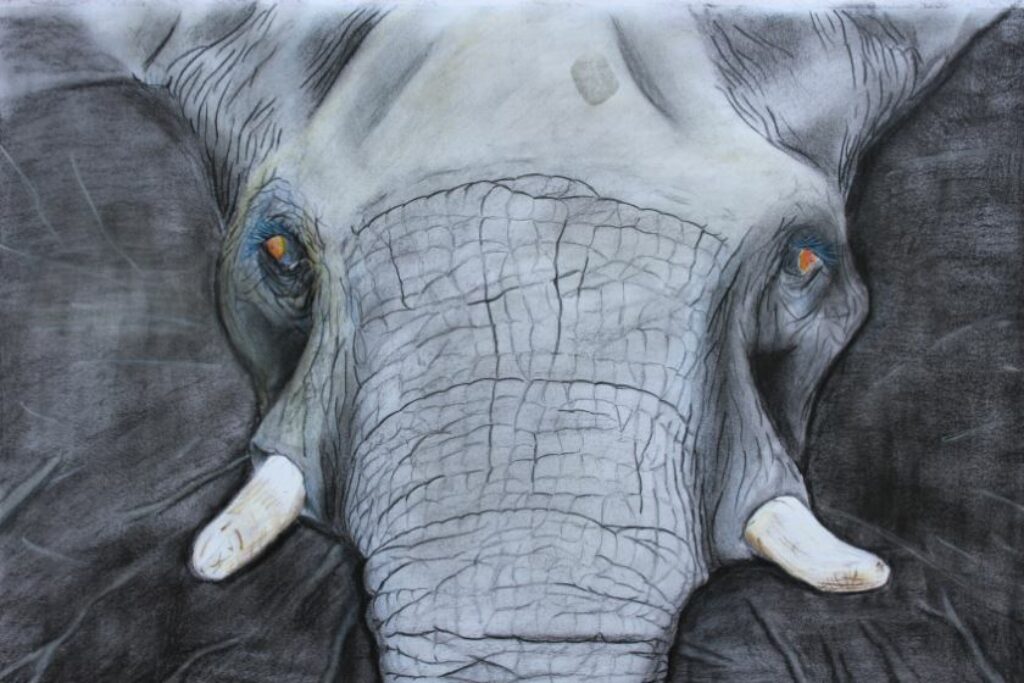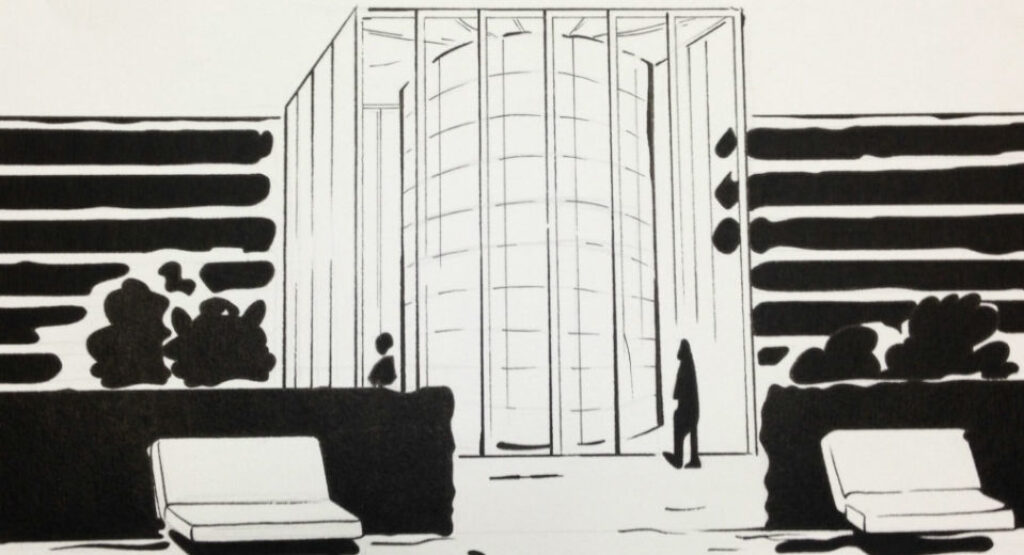
- Training Preparatory Entertainment
- Promotion 2021
For their observation drawing and analytical drawing course, the students at Prépa Entertainment in Nantes had to invent their own animal. Furry, feathered, living in the air or underwater, the choice was free but required a perfect knowledge of animal morphology and skeleton.
Inventing your own animal may seem like a simple exercise at first. But to make the animal believable, you need to have a thorough understanding of animal representation, morphology and skeleton.
As Véronique Lenouvel, a teacher of observational drawing and analytical drawing, explains:“You have to know what exists to be able to break free from it effectively! After researching literature and working on the skeletons of real animals, the students were able to take the plunge and invent their own animal. Knowing the skeletons of animals gives them a better idea of the proportions, curves and position of the bones, so that they can then create an animal that is as credible as possible.
Once this new being had been invented, the students had to write a haiku about it, reinforcing the poetry that emerges from their imagination and their production.
This exercise brings the year of Prépa Entertainment to a close and sums up the various techniques learnt during the year. It’s a way of concluding and opening up the rest of the course.
SUBJECT OF THE EXERCISE
After carrying out a documentary study based on animal skeletons, invent your own animal. It could belong to an existing species, be an animal adapted to changes in its environment, a form of evolution…. Take inspiration from various literary references to write a haiku about your animal, to reinforce the poetic image you are going to create.
INSTRUCTIONS FOR THE EXERCISE
- Construct a documentary study based on animal skeletons,
- Research literary references, using descriptive texts by a variety of authors and literary genres (Baudelaire, Lovecraft, Victor Hugo, Roy Lewis, etc.),
- The invented animal must have its own characteristics,
- Its skeleton must be represented,
- The animal must have its own name,
- It must be drawn in a dynamic posture and in its environment,
- Suggest haikus about your animal.
EDUCATIONAL OBJECTIVE
Drawing animal skeletons beforehand enables students to master what already exists so that they are then better able to imagine new skeletons. Once they have increased their creativity tenfold, the students will compose and arrange different types of writing in a format to reinvest the technical experiments developed in sketching and colour lessons. They will deepen their understanding of textures: fur, feathers and the animal’s environment.
TECHNIQUE(S)
Free techniques. Pencil, coloured pencils, felt pens, paint, etc.















